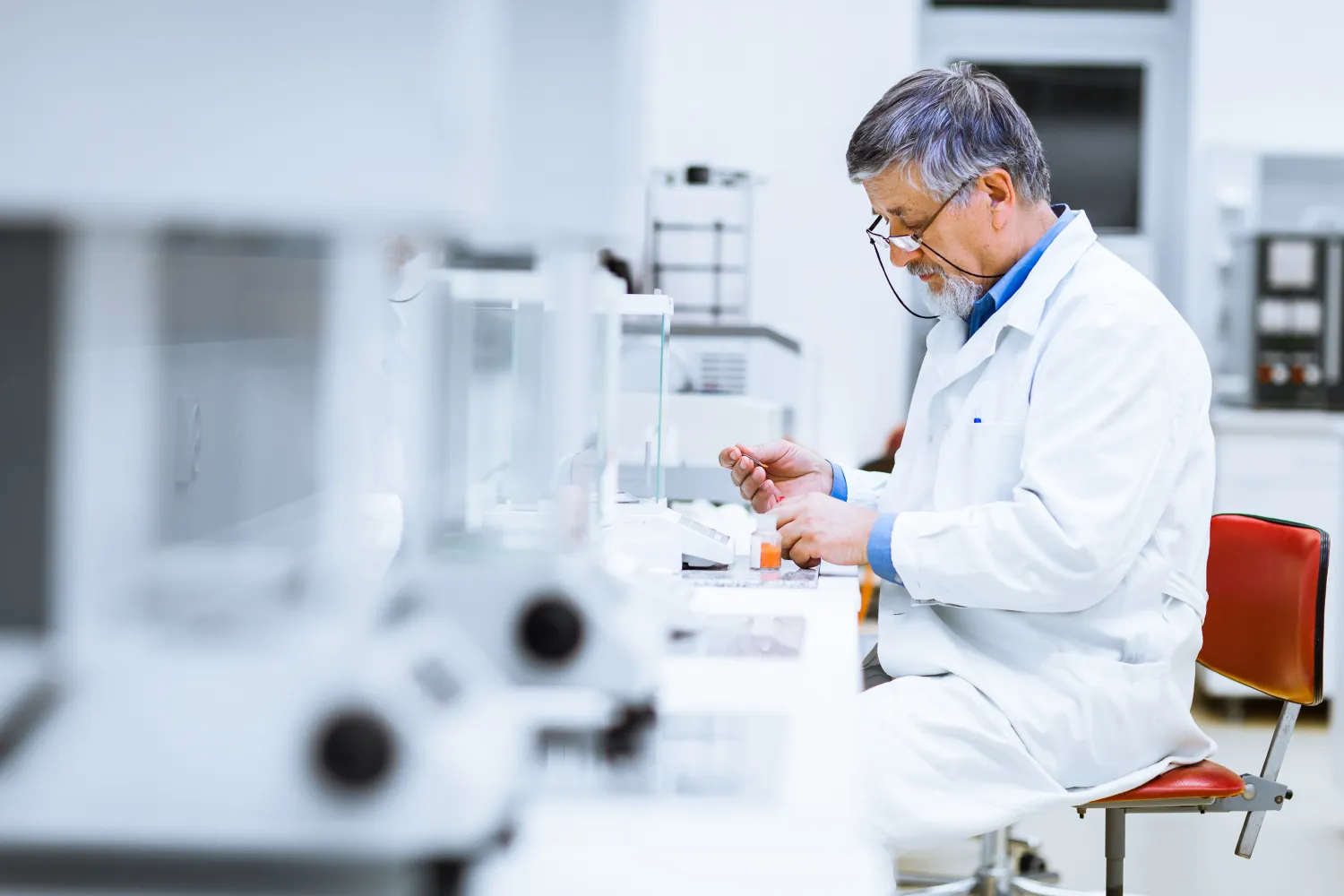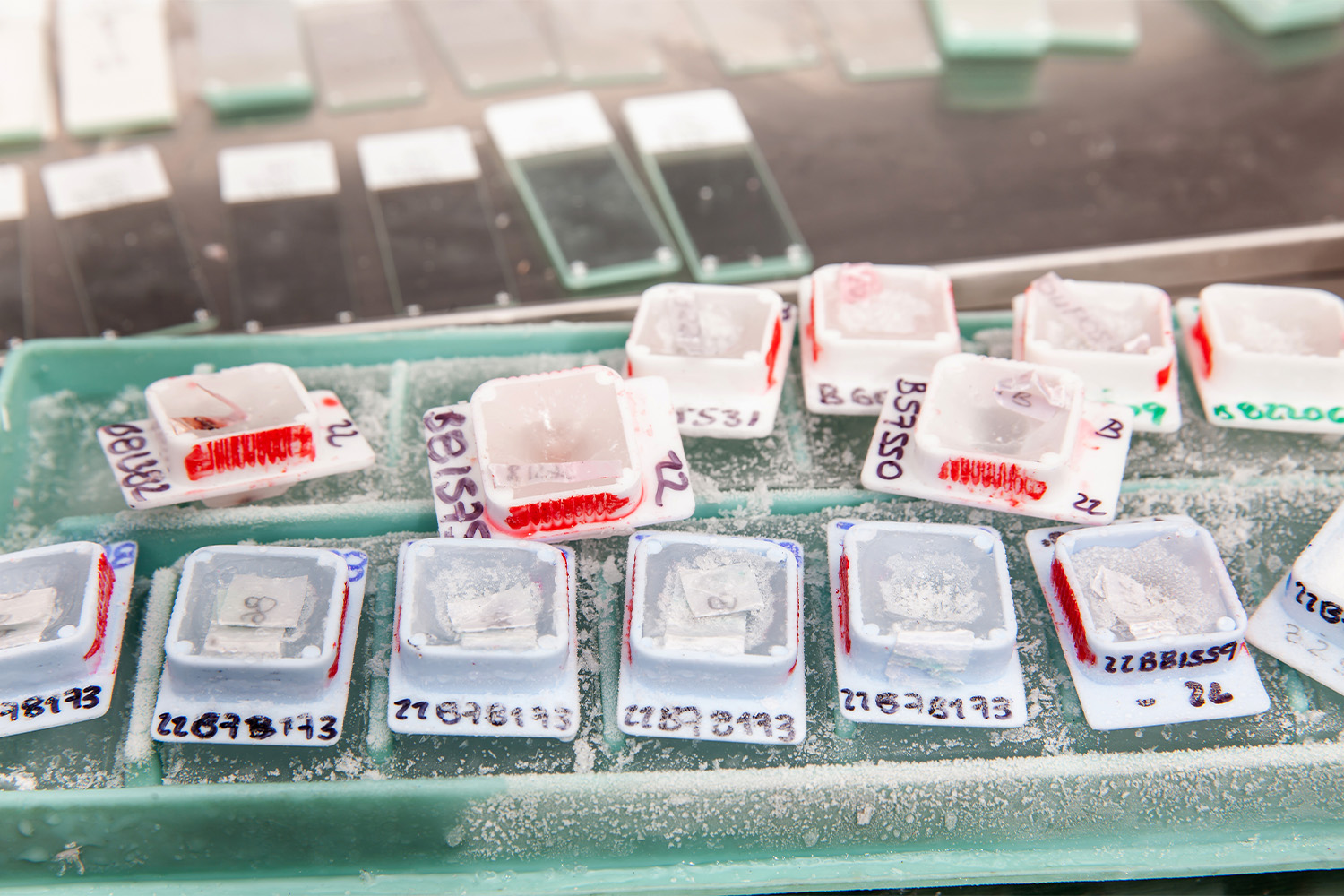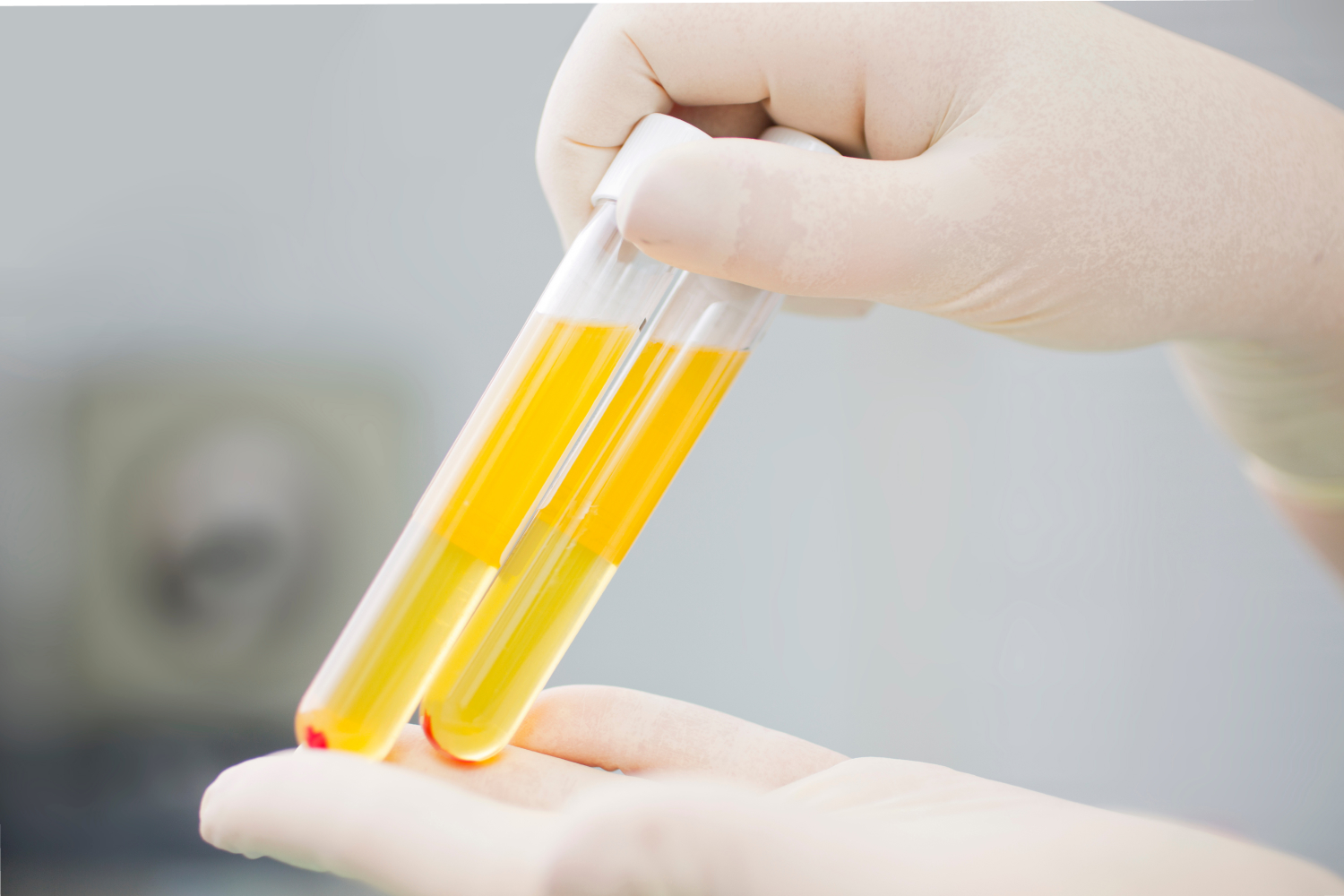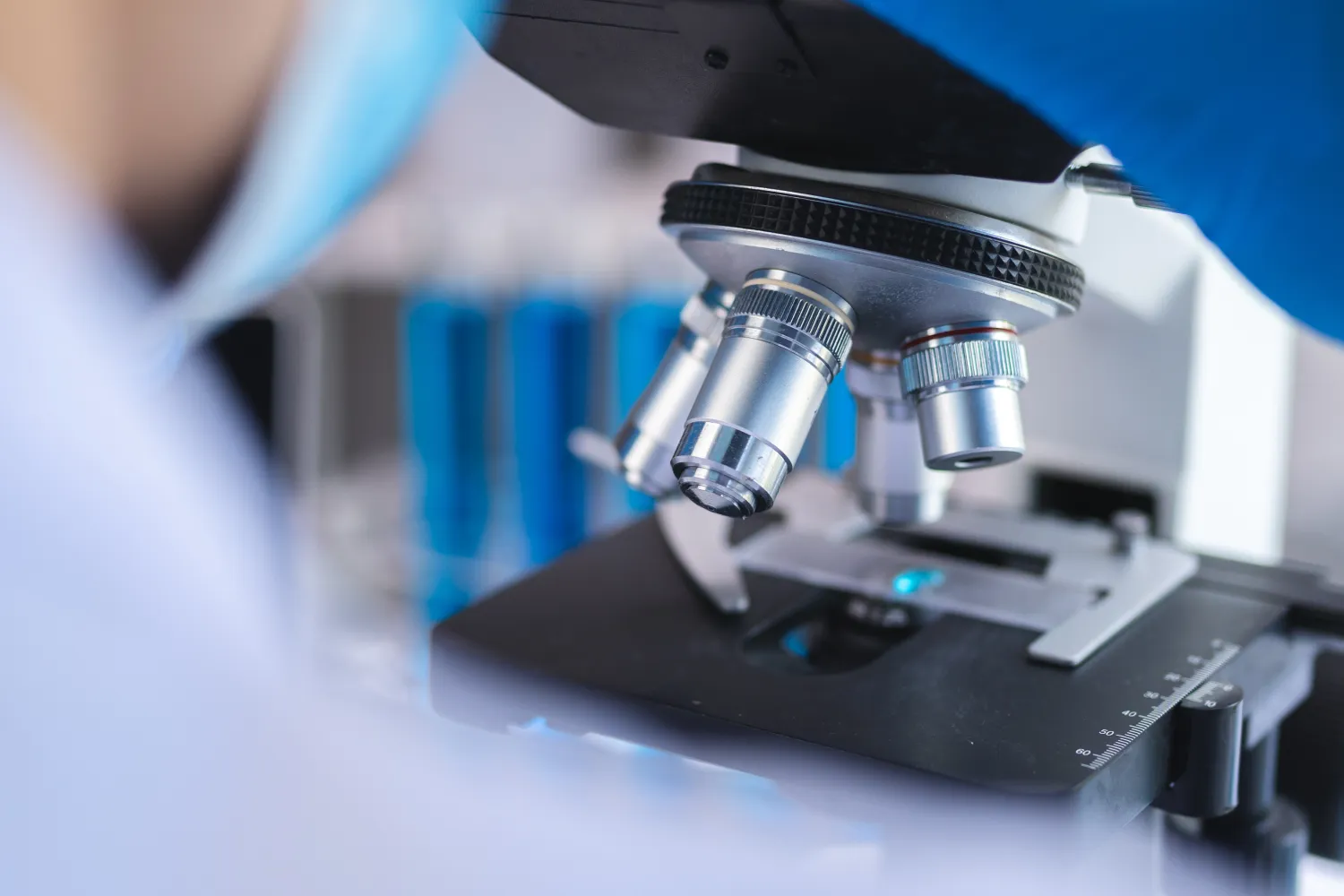Proper specimen collection is the cornerstone of accurate diagnosis and effective treatment in healthcare. It forms the primary link between the patient and the laboratory, serving as the source of information upon which critical medical decisions are made.
At iProcess Global Research, we understand the gravity of this process and are committed to promoting and practicing precise, high-quality specimen collection procedures. Our aim is to ensure that each specimen accurately represents the patient’s health status, leading to reliable test results and, thereby, improved patient care.
Step 1: Patient Preparation and Identification
Before initiating the specimen collection process, it is vital to prepare the patient adequately. This preparation involves explaining the procedure to the patient, including why it is necessary and what they can expect during the process. By doing so, we ensure the patient’s comfort and cooperation, which contributes to a smoother collection process.
Patient identification is the next critical step. Healthcare professionals must verify the patient’s identity using at least two identifiers, such as the patient’s name and date of birth. This step is not only crucial for patient safety, but it also ensures that the collected specimen is accurately linked to the right patient, preventing misidentification errors that could lead to incorrect diagnosis or treatment.
Step 2: Specimen Collection
With the patient adequately prepared and accurately identified, the specimen collection process can begin. The exact procedure depends on the type of specimen being collected. Healthcare professionals, following specific steps, collect different samples, such as blood, urine, and other body fluids.
For instance, blood samples are typically collected through a process called venipuncture. This procedure involves inserting a needle into a vein — usually in the arm — and drawing blood into a collection tube.
Similarly, urine samples may be collected via a “clean catch” method, which involves the patient urinating into a sterile container, ideally catching the midstream of the urine flow to avoid contamination. Specimens like sputum, swabs from various body sites, or samples collected via a catheter also follow specific collection procedures to ensure the sample’s integrity.
Regardless of the type of sample, all healthcare professionals involved in specimen collection must wash their hands before and after the procedure to prevent the transmission of pathogens. This meticulous approach to sample collection ensures that the specimens are uncontaminated and truly representative of the patient’s current health status.
Step 3: Specimen Handling and Transportation
Once the specimen is collected, it needs to be handled and transported correctly to the laboratory for testing. Every specimen has unique handling and transport requirements to maintain its integrity. For instance, certain specimens need to be refrigerated immediately after collection, while others may need to be kept at room temperature.
In the case of blood specimens, these are typically placed in a collection tube containing an anticoagulant or other additive necessary for the specific laboratory tests requested. Likewise, urine specimens are often kept in a leak-proof urine container, sometimes with a preservative or transport media added to prevent degradation of the sample.
To avoid contamination, specimens should be placed in a secondary, leak-proof plastic bag during transport. The transport tube, collection container or plastic bag should be labeled with the patient’s name, type of specimen, date and time of collection, and other identifiers, such as the patient’s medical record number. This step ensures that the laboratory associates the correct test results with the right patient.
Step 4: Documentation and Requisition
A vital part of the specimen collection process is accurate documentation. This step involves filling out a laboratory request form or requisition, which includes details like patient identification, patient’s date of birth, date and time of collection, type of specimen, tests requested, and any pertinent patient history.
These details are crucial for the clinical laboratory to process the sample correctly and interpret the results accurately. Additionally, proper documentation aids communication between healthcare professionals and the laboratory, thereby ensuring that the patient receives the appropriate care based on the test results.
Step 5: Specimen Reception and Laboratory Testing
Once the specimen arrives at the laboratory, it goes through a reception process. This stage involves cross-checking the received specimen with the details on the requisition form and verifying that the specimen container is not damaged and does not exceed its expiration date.
Following reception, the specimens undergo various laboratory tests. Blood samples, for instance, might undergo assays to measure glucose levels, complete blood counts, or blood cultures to identify pathogens.
Urine samples could be tested for the presence of bacteria and substances like glucose or used for PCR testing for certain diseases. The type of testing depends on the doctor’s request, the patient’s symptoms, and the type of specimen collected.
Step 6. Specimen Disposal and Patient Follow-up
After laboratory testing, any remaining specimens are discarded appropriately, following local and federal regulations, ensuring the safety of the healthcare professionals and the environment.
Finally, upon obtaining the test results, healthcare professionals discuss these with the patient and plan the subsequent steps in the patient’s care, whether that involves a new treatment regimen, further testing, or simply monitoring the patient’s condition.
In this way, the specimen collection process plays a pivotal role in the entire spectrum of patient care, contributing significantly to disease diagnosis, treatment planning, and patient health monitoring.
Understanding Specific Collection Procedures
A wide variety of specimen collection procedures are performed depending on the type of sample required. For instance:
Phlebotomy
This procedure is typically used for the collection of whole blood samples. The healthcare professional performing the procedure should wash hands, use a sterile collection container, such as a Vacutainer, and ensure that they do not make a mistake that could cause hemolysis or the breakdown of blood cells, which could potentially alter test results.
Urine Collection
Urine can be collected in a few ways, most commonly by a clean catch midstream method. The patient is typically asked to wash their hands and clean their genital area with a wipe before starting the urine flow. They then collect the ‘midstream’ urine in a sterile container, thus reducing contamination from bacteria around the genital area.
Swab
Swabbing is often used to collect samples from the throat, nose, skin, or wounds. A sterile swab is used to collect cells or other material from the collection site. It’s important to use a swab with transport media if the specimen needs to be transported to an off-site laboratory.
Special Considerations in Specimen Collection
Certain samples may require special considerations during collection. For example, a blood culture requires strict aseptic techniques to avoid contamination, while a sputum sample should not include saliva and needs to come from deep in the lungs.
Samples for microbiology tests, such as for identifying pathogens, often have strict timing and transport requirements to maintain the viability of the microorganisms. Similarly, biopsy samples, or tissue collected from the body, need to be immediately placed in a preservative to maintain the structure of the cells and tissues.
Common Challenges and Solutions in Specimen Collection
Despite strict protocols and careful execution, the specimen collection process is susceptible to various challenges that can impact the quality of the sample and the subsequent test results. Here are a few common challenges healthcare professionals often encounter and their solutions:
Patient Anxiety
Many patients experience anxiety or fear about specimen collection, particularly when it involves needles, such as in venipuncture. This anxiety can cause muscle tension that makes vein location more difficult or may lead to patient movement, which can affect the sample collection.
Healthcare professionals should reassure patients, provide clear explanations about the procedure, and use distraction techniques if needed. A calm, empathetic approach can help reduce patient anxiety and facilitate a smoother collection process.
Difficulty Locating Veins
Venipuncture requires locating a suitable vein, which can be challenging in certain patients, such as the elderly, children, or those with certain medical conditions. Healthcare professionals can use techniques such as applying a warm compress to the area to make veins more visible or may consider alternative collection sites or methods.
Contaminated Samples
Contamination can occur during collection, handling, or transport, leading to inaccurate test results. For example, urine samples collected without a proper clean catch procedure may be contaminated with bacteria.
Strict adherence to aseptic techniques, using sterile collection containers, and ensuring proper hand hygiene can minimize contamination risk.
Hemolysis in Blood Samples
Hemolysis, or the breakdown of red blood cells, can occur during blood collection or handling, affecting test results. Using the correct size needle, avoiding excessive agitation of the sample, and ensuring correct additive-to-blood ratios can help prevent hemolysis.
Improper Labeling or Documentation
Mislabeling of samples or errors in documentation can lead to incorrect patient identification or inappropriate tests being performed. Implementing double-check systems, using barcoding technology, and providing regular training to healthcare professionals can minimize these errors and ensure accurate patient identification and appropriate testing.
Conclusion
From patient preparation to the final analysis, the specimen collection process is a critical part of healthcare and diagnostic procedures. Each step, whether it be ensuring patient identifiers match, maintaining the proper temperature during specimen transport, or choosing the correct additives for a blood sample, has a significant impact on the accuracy of the laboratory tests and, ultimately, patient care.
By adhering to strict collection protocols and understanding the unique requirements of each type of specimen, healthcare professionals can provide optimal patient care through accurate and effective diagnosis.
At iProcess Global Research, we strive to continuously uphold these meticulous standards, recognizing the fundamental role of accurate specimen collection in diagnostic procedures. Our focus on precision, patient safety, and adherence to established protocols is an example of our commitment to excellence in healthcare.
Through our collective efforts, we aim to enhance the overall quality of healthcare, contributing significantly to improved patient outcomes. We are not just collecting specimens; we are aiding in the journey toward better health, one sample at a time.
Sources:
Venipuncture Information | Mount Sinai
Transmission-Based Precautions | Basics | Infection Control | CDC




